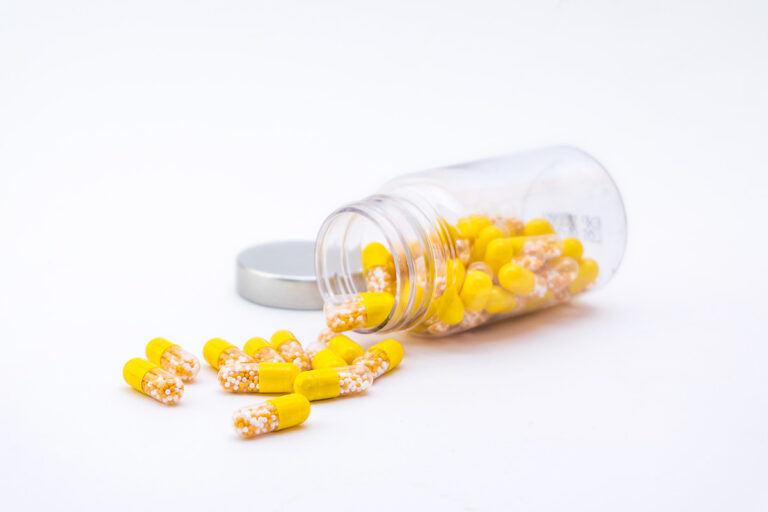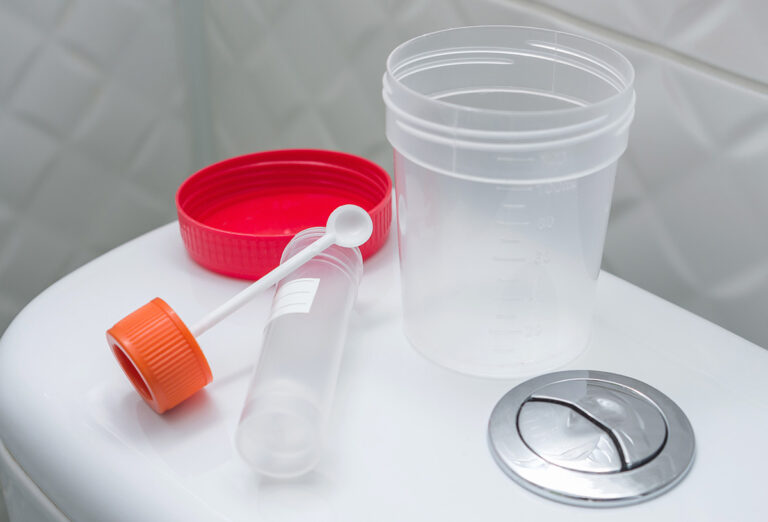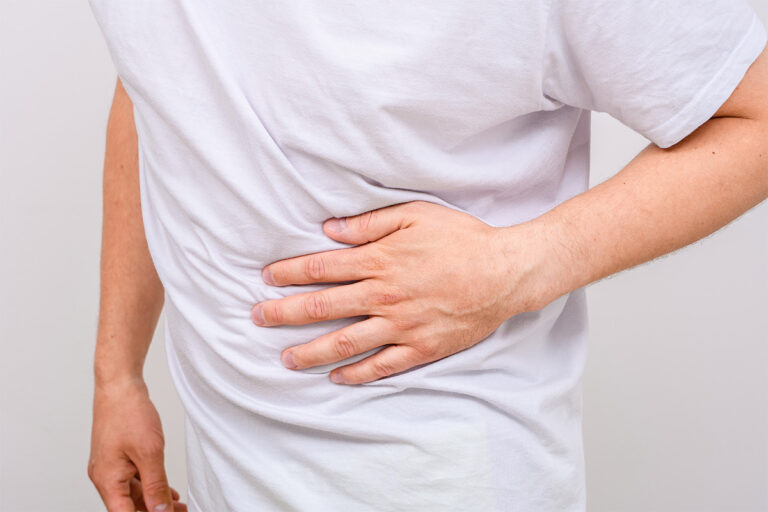Health benefits of exercise for kids
Physical activity can support your child’s growth and development, including their bones, muscles, joints, heart, and lungs. Research shows that there are various mental and physical health benefits of physical activity for kids, which we outline below.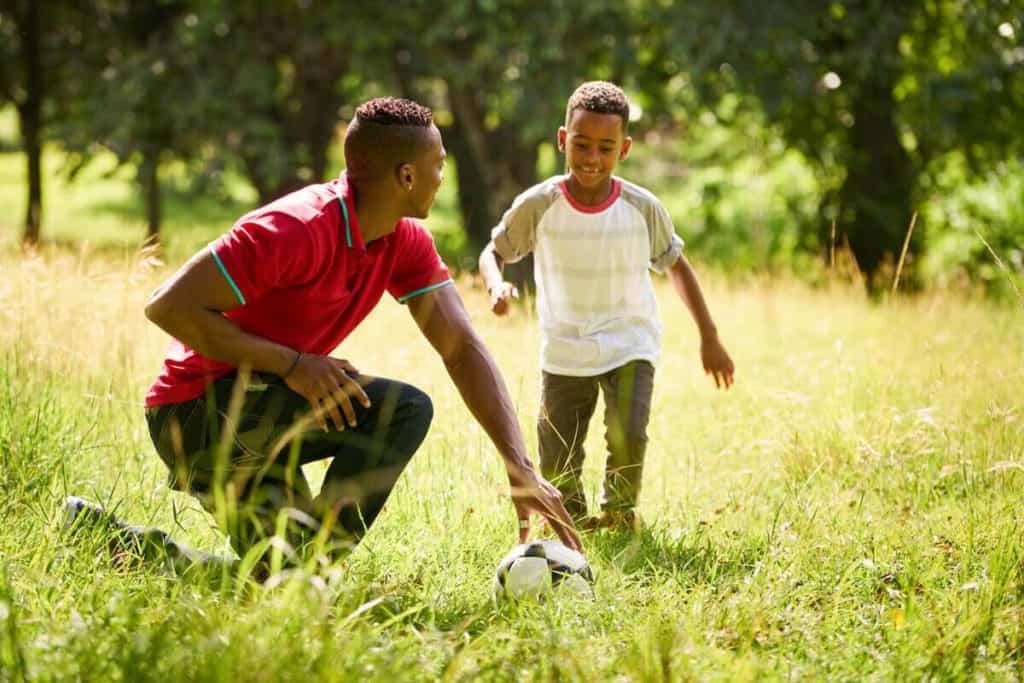
Depression
One meta-analysis reviewed studies including a total of nearly 90,000 children and adolescents. The results show that greater physical activity is associated with fewer signs of depression in kids, though it was not associated with the rate of diagnosis for major depressive disorder. The review also indicates that there are several ways by which physical activity may potentially contribute to mood improvements, including reducing inflammation, increasing growth factors that support neuroplasticity (the ability of the brain to change), and affecting certain functions involving the nervous and hormonal systems, such as insulin sensitivity. (5)Self-esteem and self-perception
Sedentary behavior has been linked to reduced psychological well-being. (6) Research has shown that engaging in physical activity for at least four weeks can improve self-worth and self-concept (perception of self), two aspects of mental health, in children and adolescents. Interestingly, this association is greater when exercise is done in gymnasium and school settings over other settings such as family-based or in clinics. (7) This finding supports WHO’s suggestion that physical activity can support childrens’ social development by introducing opportunities for integration and social interaction. (8)Cognition and academic performance
Closely tied to mental well-being is cognitive development in children, which can also be improved with exercise. A meta-analysis that examined this relationship in children aged six to 12 found that long-term physical activity programs had a positive effect on children’s attention, academic performance, and executive function, which includes cognitive flexibility, inhibition, planning, and working memory. Comparatively, acute (short-term) exercise interventions still offered some benefit, as they were associated with improved attention. (9)Obesity
Obesity affects approximately one in five children in the United States (10) and one in seven children in Canada. (11) Childhood obesity is defined as a body mass index (BMI) at or above the 95th percentile for children and adolescents of the same sex and age. (12) Research has shown that physical activity interventions can reduce the risk of obesity in children aged six to 18 years. From newborns to children aged 5 years, interventions that were shown to reduce obesity risk combine both physical activity and nutritional interventions. (13)
Cardiometabolic risk factors
Risk factors for cardiovascular and metabolic conditions include factors such as waist circumference, systolic blood pressure, and high-density lipoprotein (HDL) cholesterol. One meta-analysis including over 20,000 children aged four to 18 assessed the relationship between level of physical activity and cardiometabolic risk factors. The findings suggest that, regardless of sedentary (inactive) time, physically active kids that engaged in more moderate to vigorous physical activity (MVPA) had better cardiometabolic markers. (14)Bone health
Physical activity may have a positive influence on bone health in children, particularly for boys during puberty. A systematic review found that MVPA is positively associated with bone development for children and adolescents aged six to 18. The strongest association was found for males during puberty, specifically in the development of hip and femur bones. (15)Quality of life
In addition to the specific health benefits mentioned above, physical activity may improve general health-related quality (HRQOL) of life in children. HRQOL is a measure of an individual’s health status that includes mental, physical, and social factors, and may be used to understand the impact of disease on an individual. One review that included a variety of exercise interventions, such as resistance and/or cardiorespiratory training, in healthy and chronically ill children found that physical activity was positively associated with HRQOL. Further research is needed to determine the intensity, frequency, and duration of exercise required for significant outcomes. (16)Physical activity recommendations
Guidelines for general health from various organizations, including the WHO, the American Academy of Pediatrics, and the Canadian Pediatric Society, recommend at least 60 minutes of MVPA daily for both children and adolescents. (17)(18) Physical activity should be mostly aerobic, with muscle and bone strengthening exercises incorporated at least three days per week. (19) The talk test is one way to recognize the intensity of physical activities for kids. During moderate-intensity exercise, your child will be able to talk but not sing. During vigorous-intensity exercise, your child will only be able to say a few words before pausing to take a breath. (20)List of exercises for kids
Examples of moderate-intensity aerobic exercises include:- Brisk walking
- Hiking
- Riding a bicycle
- Sports that involve catching and throwing (e.g., baseball, softball)
- Swimming (21)
- Games that involve running (e.g., flag football, tag)
- Jumping rope
- Martial arts
- Riding a bicycle, including on hills
- Running
- Sports (e.g., basketball, soccer, tennis)(22)
- Active types of yoga
- Certain games (e.g., tug of war)
- Climbing (e.g., rope, tree, playground equipment)
- Resistance exercises (e.g., using body weight, resistance bands, weight machines)(23)
- Jumping (e.g., jumping rope, skipping)
- Running
- Sports with rapid changes in direction or jumping (e.g., basketball, soccer)(24)
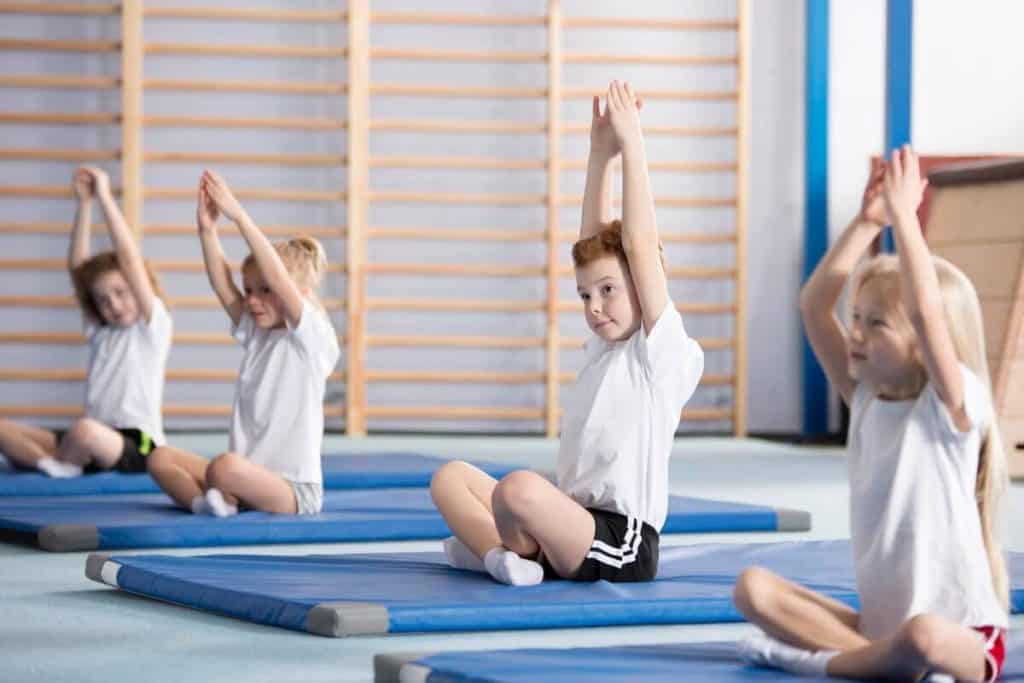
Tips to promote physically active kids
To help your child meet the guidelines for physical activity, follow our tips below.- Encourage your child to take part in any safe, appropriate physical activity that they enjoy. The fun activities for kids listed above provide some simple ideas to get started. (25)
- Children and adolescents that are inactive should start with easy exercises for kids, gradually increasing the frequency, duration, and intensity of activities until they meet the recommendations. (26)
- Keep in mind that doing some physical activity, even at levels below the recommendations, will provide greater benefit than none at all. (27)
- Consider the setting in which your child is being active and try to facilitate physical activity in a social setting, such as at school or in gymnasiums. (28)(29)
- Support your child’s engagement in exercise by providing encouragement and logistical support, as well as participating in physical activity together. (30)
The bottom line
Beyond physical fitness and regular development, exercise can provide a variety of health benefits for children. (31) Understand the physical activity recommendations and help your child achieve them by following the tips in this article. Keep in mind that recommendations may vary based on your child’s health status, (32) so work with an integrative healthcare practitioner for individual guidance.Help more patients.
right in your Fullscript account!
New to Fullscript? Sign up now.
- Bland, V. L., Heatherington-Rauth, M., Howe, C., Going, S. B., & Bea, J. W. (2020). Association of objectively measured physical activity and bone health in children and adolescents: A systematic review and narrative synthesis. Osteoporosis International. https://doi.org/10.1007/s00198-020-05485-y
- Brown, T., Moore, T. H., Hooper, L., Gao, Y., Zayegh, A., Ijaz, S., Elwenspoek, M., Foxen, S. C., Magee, L., O’Malley, C., Waters, E., & Summerbell, C. D. (2019). Interventions for preventing obesity in children. Cochrane Database of Systematic Reviews, 7, CD001871.
- Centers for Disease Control and Prevention. (2019a, February 7). Childhood Overweight and Obesity. Retrieved from https://www.cdc.gov/obesity/strategies/early-care-education/helping-young-children-thrive/index.html
- Centers for Disease Control and Prevention. (2019b, July 24). Defining Childhood Obesity. Retrieved from https://www.cdc.gov/obesity/childhood-obesity-facts/childhood-obesity-facts.html
- Centers for Disease Control and Prevention. (2020, April 10). Aerobic, muscle- and bone-strengthening: What counts for school-aged children and adolescents? Retrieved from https://www.cdc.gov/physical-activity-basics/adding-children-adolescents/what-counts.html
- de Greeff, J. W., Bosker, R. J., Oosterlaan, J., Visscher, C., & Hartman, E. (2018). Effects of physical activity on executive functions, attention and academic performance in preadolescent children: a meta-analysis. Journal of Science and Medicine in Sport/Sports Medicine Australia, 21(5), 501–507.
- Dobbins, M., Husson, H., DeCorby, K., & LaRocca, R. L. (2013). School-based physical activity programs for promoting physical activity and fitness in children and adolescents aged 6 to 18. Cochrane Database of Systematic Reviews, 2, CD007651.
- Ekelund, U., Luan, J. ’an, Sherar, L. B., Esliger, D. W., Griew, P., Cooper, A., & International Children’s Accelerometry Database (ICAD) Collaborators. (2012). Moderate to vigorous physical activity and sedentary time and cardiometabolic risk factors in children and adolescents. JAMA: The Journal of the American Medical Association, 307(7), 704–712.
- Korczak, D. J., Madigan, S., & Colasanto, M. (2017). Children’s physical activity and depression: A meta-analysis. Pediatrics, 139(4), e20162266.
- Liu, M., Wu, L., & Ming, Q. (2015). How does physical activity intervention improve self-esteem and self-concept in children and adolescents? Evidence from a meta-analysis. PloS One, 10(8), e0134804.
- Marker, A. M., Steele, R. G., & Noser, A. E. (2018). Physical activity and health-related quality of life in children and adolescents: A systematic review and meta-analysis. Health Psychology: Official Journal of the Division of Health Psychology, American Psychological Association, 37(10), 893–903.
- Rao, D. P., Kropac, E., Do, M. T., Roberts, K. C., & Jayaraman, G. C. (2016). Childhood overweight and obesity trends in Canada. Health Promotion and Chronic Disease Prevention in Canada: Research, Policy and Practice, 36(9), 194–198.
- Rhodes, R. E., Perdew, M., & Malli, S. (2020). Correlates of parental support of child and youth physical activity: A systematic review. International Journal of Behavioral Medicine. https://doi.org/10.1007/s12529-020-09909-1
- Rodriguez-Ayllon, M., Cadenas-Sánchez, C., Estévez-López, F., Muñoz, N. E., Mora-Gonzalez, J., Migueles, J. H., Molina-García, P., Henriksson, H., Mena-Molina, A., Martínez-Vizcaíno, V., Catena, A., Löf, M., Erickson, K. I., Lubans, D. R., Ortega, F. B., & Esteban-Cornejo, I. (2019). Role of physical activity and sedentary behavior in the mental health of preschoolers, children, and adolescents: A systematic review and meta-analysis. Sports Medicine, 49(9), 1383–1410.
- World Health Organization. (2015). Physical activity and young people. Retrieved from https://www.who.int/dietphysicalactivity/factsheet_young_people/en/



